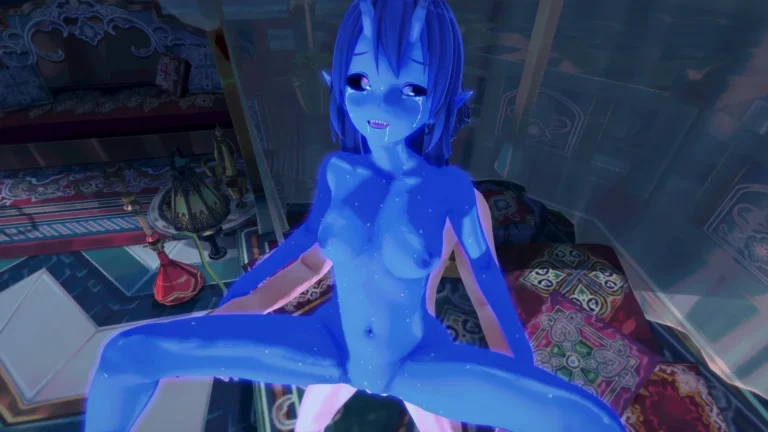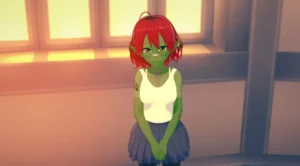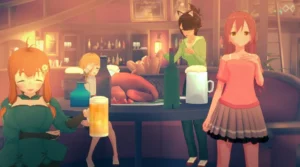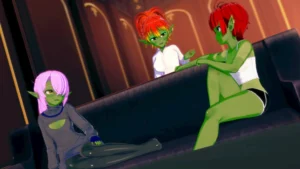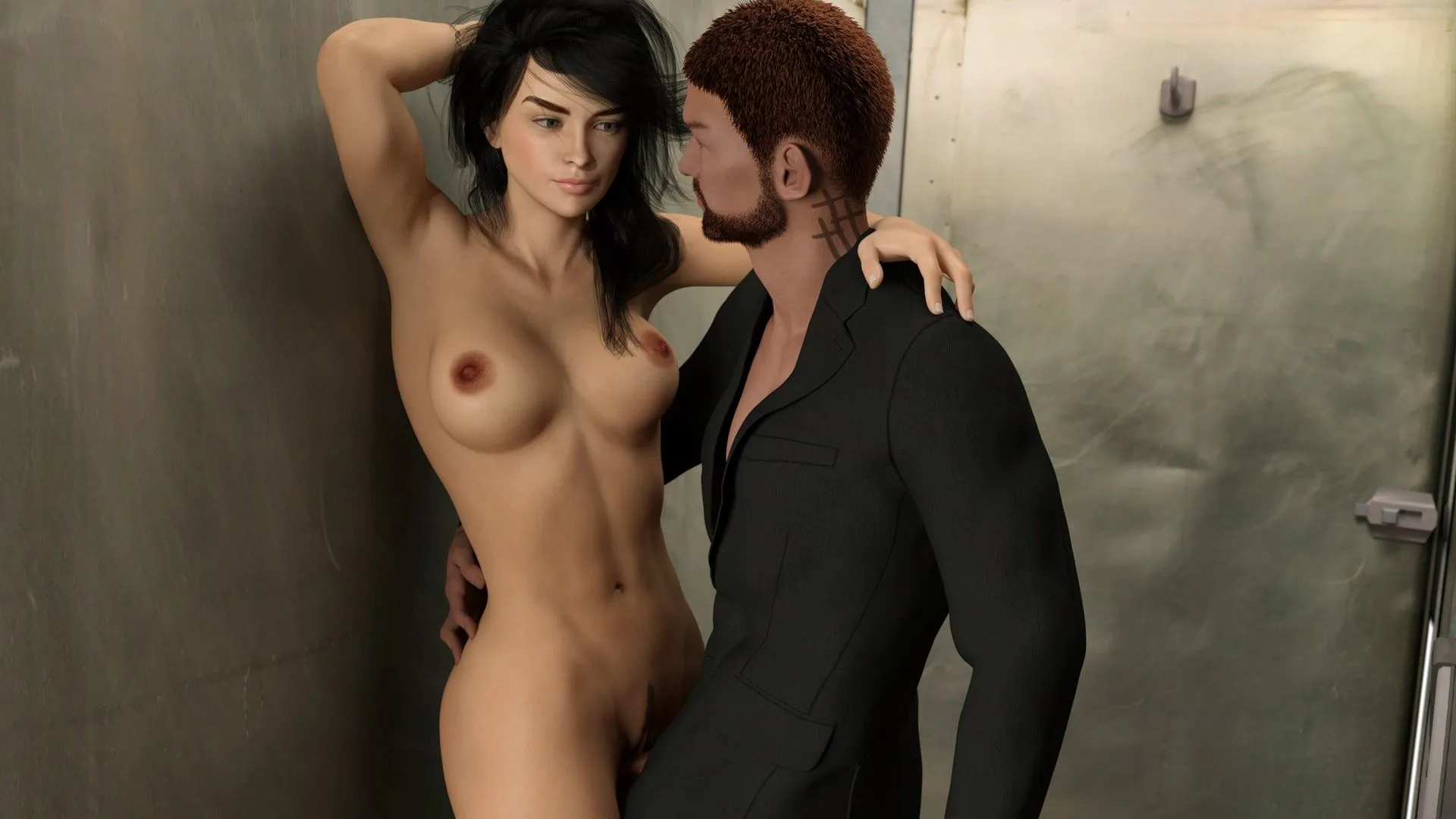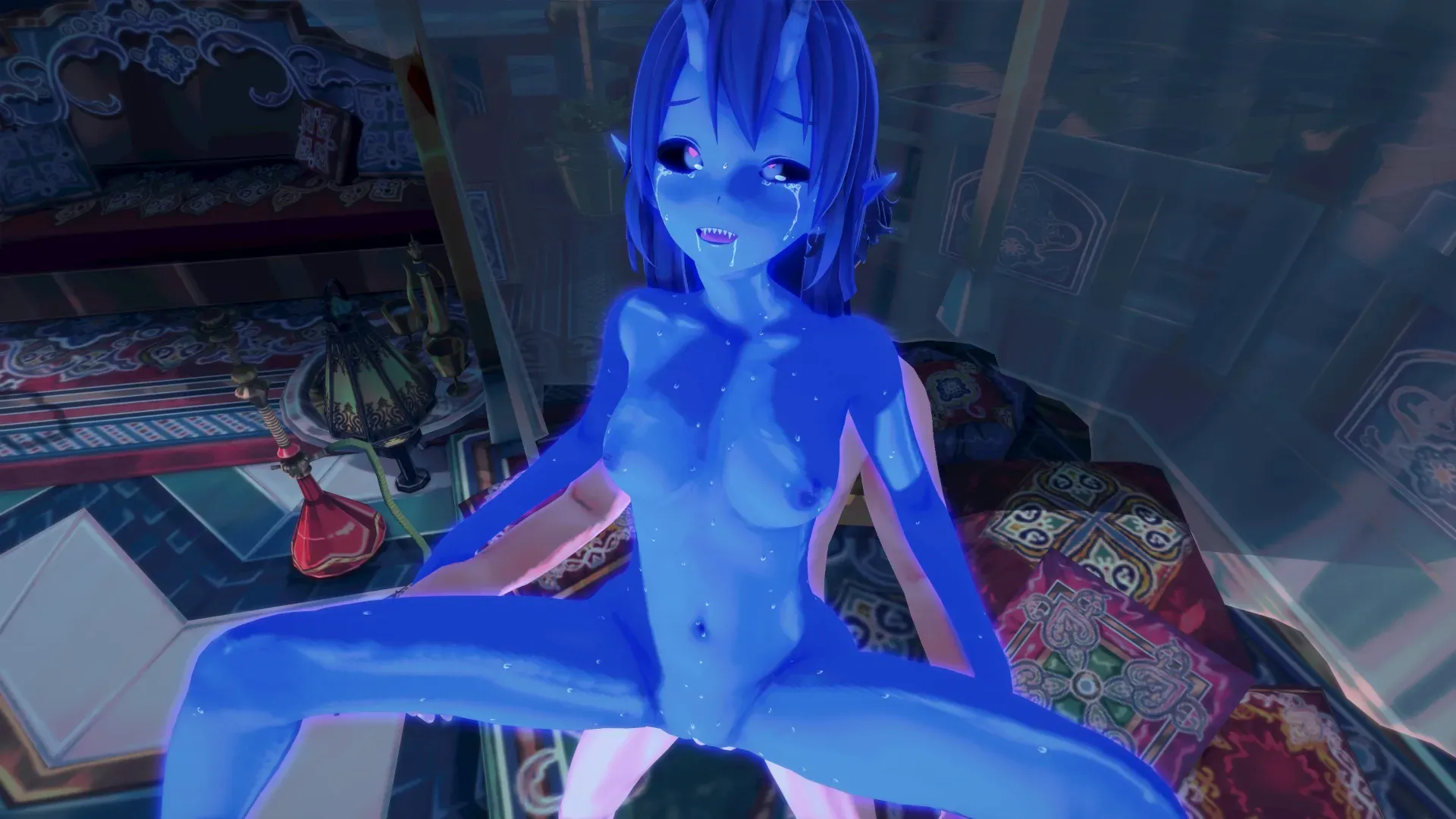
Tales of Unity
Play Tales of Unity
Tales of Unity review
Exploring the Story, Characters, and Unique Gameplay Elements
Tales of Unity stands out as a game that blends mature themes seamlessly into a compelling narrative, making it more than just a typical adult-focused title. Players are drawn not only by its content but by the depth of its story and character interactions. This article dives into what makes Tales of Unity unique, from its storytelling approach to gameplay features, offering insights and personal reflections to help you understand why it resonates with its audience.
The Story and Narrative Depth of Tales of Unity
Let me tell you about the first time the Tales of Unity story truly hooked me. I was navigating a tense negotiation between two rival factions, and the game presented me with a choice that seemed simple on the surface. But as I hovered over the dialogue options, I realized each one was rooted in my character’s past interactions and established beliefs. It wasn’t just about picking the “good” or “bad” response; it was about staying true to the person I had shaped through dozens of prior decisions. That’s the magic of this story-driven adult game—the narrative isn’t something you watch; it’s something you live. 🎭
How the Story Drives the Experience
The Tales of Unity narrative is the engine of the entire experience. From the moment you start, you aren’t just a passive observer. You’re an active participant in a world that reacts to your presence. The plot is a carefully woven tapestry of political intrigue, personal demons, and fragile alliances. What makes it so compelling is how your actions, both big and small, send ripples through this world.
I remember one playthrough where I chose to spare a seemingly minor character out of sheer compassion. Hours later, that character reappeared, providing a crucial piece of information that completely altered my approach to a major story arc. It was a powerful lesson that in Tales of Unity, there are no throwaway moments. Every conversation, every resolved conflict, and every ignored plea is a thread pulled in the grand design of the Tales of Unity story. This level of Tales of Unity plot integration ensures that you’re constantly engaged, knowing that your fingerprint is permanently on the world. 🌍
The game masterfully uses its story to gate progression. Instead of simply grinding for experience points, you advance by uncovering secrets, mending broken relationships, and making morally complex decisions. Your “level” isn’t just a number; it’s a reflection of your understanding of the world and its inhabitants.
Example: A key moment that highlights this narrative depth occurs during the “Crystal Concord” summit. You must negotiate a peace treaty between three warring kingdoms. The game doesn’t give you a clear “win” condition. Instead, you must rely on your knowledge of each leader’s personality, fears, and desires—information you’ve gathered through optional conversations and side quests. Success isn’t guaranteed by stats, but by your investment in the Tales of Unity narrative.
Character Development and Interactions
If the story is the engine, the characters are the heart and soul. The character development in Tales of Unity is nothing short of extraordinary. Each companion you meet is a fully realized individual with a complex past, evolving motivations, and personal flaws. They aren’t just archetypes; they feel like real people you get to know, argue with, and care for deeply.
The game shines through its unique character scenes in Tales of Unity. These aren’t generic, one-size-fits-all interactions. They are tailored moments that trigger based on your choices, your relationship level, and even the current state of the main plot.
Let me give you an example. One companion, a cynical rogue named Kaelen, initially brushed off my attempts at friendship. After I consistently chose pragmatic, survival-focused options during our travels, I unlocked a scene where he finally opened up about his childhood in a brutal thieves’ guild. This scene wouldn’t have been available if I had been playing a naive, idealistic hero. This is the core of character development Tales of Unity excels at—your journey directly shapes who these characters become. ❤️🔥
Here’s a glimpse of how these unique scenes enrich the journey:
| Character | Scene Trigger | Narrative Impact |
|---|---|---|
| Elara (The Healer) | Choosing to save a village plagued by a magical illness instead of pursuing a main story objective. | Reveals her deep-seated guilt over a past failure and strengthens her resolve, unlocking new dialogue and abilities. |
| Marcus (The Veteran) | Agreeing with his harsh but practical strategies during three consecutive missions. | Leads to a campfire confession about the trauma of his first war, fundamentally changing his demeanor from stoic to weary. |
| Seraphina (The Mage) | Finding and returning her lost family heirloom, an optional item with no quest marker. | Unlocks a deeply personal questline about her heritage, altering her ultimate fate in the story. |
Integrating Mature Themes Naturally
This is where many games stumble, but Tales of Unity stands apart. The Tales of Unity mature themes are not tacked-on shock value or the primary selling point. They are woven into the very fabric of the world and character motivations, making the setting feel gritty, authentic, and emotionally resonant. We’re talking about themes of loss, systemic oppression, the psychological cost of violence, and the complexity of consent—both political and personal. 😔
The game never feels the need to glorify or sensationalize these elements. Instead, it presents them with a raw honesty that demands your engagement. For instance, a storyline involving a character struggling with addiction isn’t played for drama; it’s a slow, heartbreaking portrayal of relapse and recovery that affects their reliability in your party and their dialogue.
This thoughtful approach to Tales of Unity mature themes is a key part of the Tales of Unity plot integration. A romantic subplot, for example, evolves naturally from shared experiences and emotional vulnerability. It feels earned, not entitled. The game understands that maturity isn’t about explicit content; it’s about treating complex subject matter with the gravity it deserves. This makes every relationship and every hard-won victory feel profoundly meaningful.
“I’ve played many story-heavy games, but none where my choices felt so heavy. There’s a sequence dealing with a refugee crisis where there are no ‘good’ answers, only varying degrees of tragedy. I actually put my controller down and walked away for a bit because it hit so close to home. That’s powerful storytelling.” – A player’s experience.
Ultimately, the genius of Tales of Unity lies in this seamless fusion. The Tales of Unity story provides a compelling framework, the deep character development gives it a soul, and the respectful handling of mature themes gives it weight and authenticity. It’s a masterclass in how to build a story-driven adult game that respects its audience, challenges their perspectives, and stays with them long after the final credits roll. ✨
Tales of Unity offers a refreshing take on its genre by prioritizing storytelling and character depth alongside its mature content. This balance creates a rich, immersive experience that rewards players who engage with the narrative and characters. Whether you’re drawn by the story or the gameplay, Tales of Unity stands out as a game worth exploring. Dive in and discover the unique blend of narrative and gameplay that makes this title memorable.
